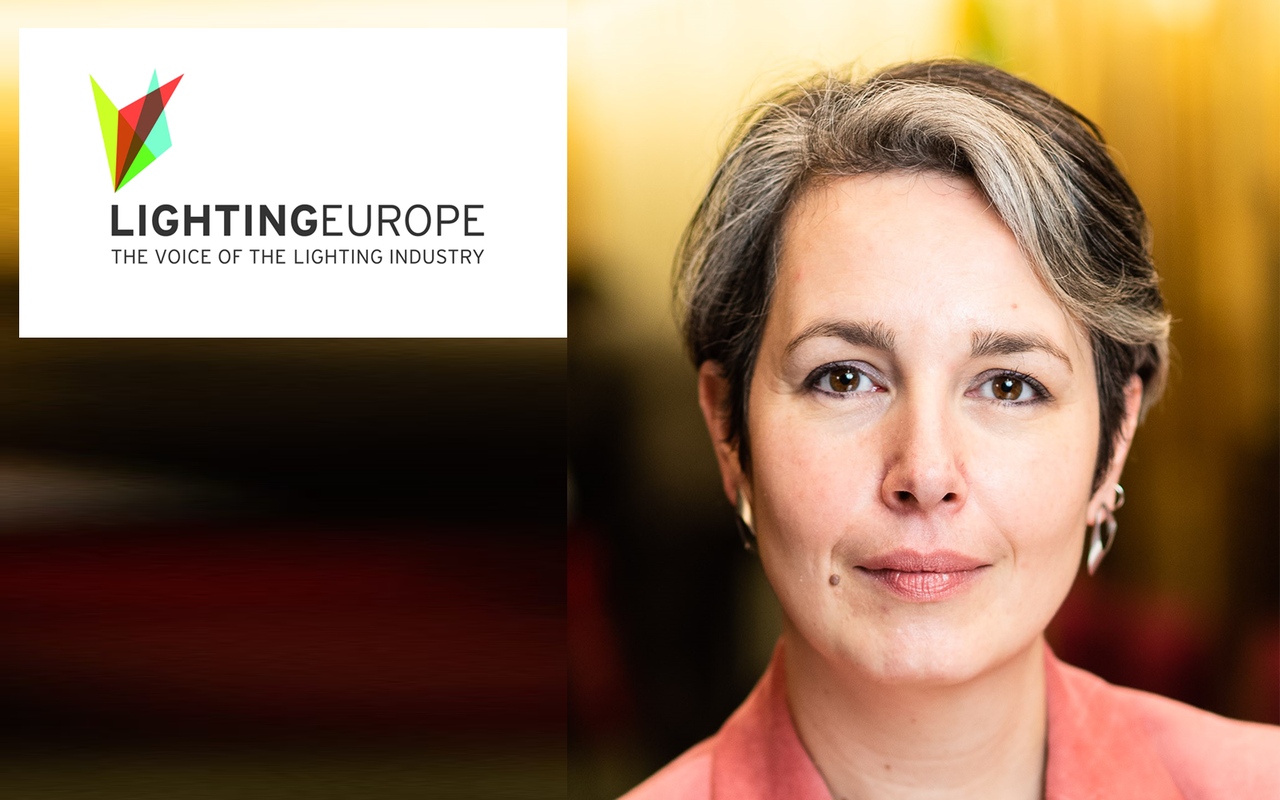LightingEurope Advocates for All Building Renovations to Include an Upgrade of Lighting Installations
With its Renovation Wave Initiative (RWI), the European Union (EU) intends to at least double the rate of building renovations in Europe over the next 10 years. In doing so, the European Commission hopes to reignite Europe’s economy for a post-pandemic world and ensure that the EU meets its Green Deal climate objectives of reducing net greenhouse gas emissions by at least 55 % by 2030 and becoming climate neutral by 2050.
In support of the RWI, the European Commission has published a targeted revision of the Energy Performance of Buildings Directive (EPBD), the EU’s main instrument for improving the energy efficiency of its building stock.
“With buildings accounting for 40 % of the EU’s total energy consumption and 36 % of all greenhouse gas emissions, building renovation will play a key role in achieving the Green Deal’s goals,” says Ourania Georgoutsakou, Secretary General of LightingEurope, the voice of the lighting industry.
The Commission notes that investing in more energy efficient buildings will help create jobs, both in the construction sector and the wider economy, resulting in a net positive impact on GDP and employment. It also acknowledges that energy-efficient renovation can improve comfort and sanitary conditions, making buildings healthier and improving the well-being and productivity of its inhabitants.
“Nearly 34 million Europeans are unable to afford keeping their homes heated,” says Frans Timmermans, Executive Vice-President of the European Commission in charge of the EU Green Deal. “We want everyone in Europe to have a home they can light, heat, or cool without breaking the bank – or the planet.”
In light of this, LightingEurope sees the revision of the EPBD as an excellent opportunity to accelerate the uptake of innovative, LED-based intelligent lighting systems.
“Considering the important role lighting plays in delivering energy savings, creating safe and quality indoor environments, and spurring economic recovery, LightingEurope believes all building renovations must include an upgrading of the lighting installations,” adds Georgoutsakou.
Advocating for the inclusion of lighting systems in the EPBD revision, LightingEurope has issued a number of specific recommendations:
Using LED Lighting in Combination with Controls and Sensors and with a Minimum SRI Level
Lighting accounts for around 20 % of the total cost-effective electrical energy savings potential in non-residential buildings. Furthermore, properly designed and well-coordinated lighting systems are one of the most cost-efficient ways of reducing energy consumption and CO2 emissions.
According to a study prepared for the European Commission, LED-based lighting systems could save the EU up to 29 TWh/y of electricity by 2030 and up to 56 TWh/y by 2050. “Clearly, including intelligent lighting systems in the EPBD would significantly increase a building’s energy savings and help reduce its greenhouse gas emissions,” explains Georgoutsakou.
As such, LightingEurope recommends the use of LED lighting in combination with controls and sensors and with a minimum Smart Readiness Indicator (SRI) level, with the SRI being applied across Europe to maximise its potential for energy savings.
Adding Inspection Requirements
LightingEurope also recommends adding lighting inspection requirements to the EPBD. “A periodic assessment will have to be carried out to ensure the proper functioning of the lighting systems,” notes Georgoutsakou.
Important inspection parameters and questions include how the building space is being utilised, whether the lighting system and application are still suitable (i.e., whether the light levels are sufficient to provide good quality lighting), and whether the controls are still optimised for the way the space is used.
Mandatory Minimum Requirements on IEQ
With people spending approximately 90 % of their time indoors, there is a growing demand for indoor comfort and wellbeing. LED-based intelligent lighting systems help ensure a more comfortable indoor environment, allowing users to dynamically adapt light to their specific needs. For instance, students in a classroom with bright white lights score 14 % higher than students working in a poorly lit one.
“Including lighting systems in the EPBD will help improve the visual comfort, wellbeing, and productivity of building users,” says Georgoutsakou. “This is why LightingEurope advocates for the introduction of mandatory minimum requirements on Indoor Environment Quality (IEQ).”
Installing UV-C Disinfection for Safe Indoor Spaces
The current pandemic has reinforced discussions around how to create spaces where individuals can coexist and collaborate with minimal risk to their health. Short wavelength ultraviolet (UV-C) is an established disinfection technology that is proven to be effective in combating micro-organisms and viruses. LightingEurope advocates for the design of safe indoor spaces that includes the installation of UV-C disinfection.
Lighting System Design Process
To reap the full benefits in terms of energy efficiency and Indoor Environmental Quality, the Lighting System Design Process must be followed.
Tying Access to Public Financing to the Inclusion of Lighting Renovation
Including LED-based intelligent lighting systems in the EPBD will also accelerate the uptake of innovative lighting technologies and future investment. This in turn will play an essential role in helping Europe’s lighting industry – 80 % of which are SMEs – recover from the economic consequences of the pandemic. To help foster this uptake, LightingEurope recommends that access to public financing and subsidies be subject to the fulfilment of certain conditions, such as the inclusion of lighting renovation.
The Benefits are Clear
The energy, health, and economic benefits of quality lighting are clear. “Only by ensuring that there is no renovation without an upgrade of the lighting installation in the EPBD will we ensure that Europe experiences a renovation renaissance – and not a wasted opportunity,” concludes Georgoutsakou.
To learn more visit www.lightingeurope.org
___
© 2021 LED professional / Luger Research e.U.

